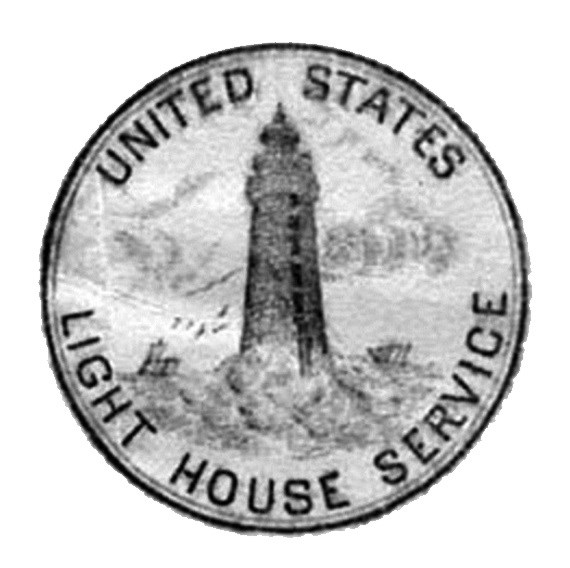Last updated: July 25, 2024
Article
Lighthouse Keepers

USLHS
Most lighthouse keepers as we think of them were employees of the United States Lighthouse Service, founded in 1789. The Service was the first Public Works Act of the first United States Congress; it authorized the transfer of existing lighthouses from the jurisdiction of individual states to the federal government. Keepers at first worked under the authority of a local Collector of Customs, though the Collector’s role declined over time as the business of maintaining lighthouses became more professionalized. Lighthouse keepers became civil service employees in 1896. The care of the nation’s lighthouses moved from agency to agency until 1910, when Congress created the Bureau of Lighthouses. The U.S. Coast Guard took over responsibility in 1939.
A keeper’s job was not quite a 24-hour job, but it could be. Typically, the keeper’s day began before dawn and ended well past dusk. Although a keeper was responsible for making repairs and well as other routine duties, each one also had to be prepared to respond to emergencies, including shipwrecks. The most obvious part of the keeper’s duties was to keep the light operating according to the daily schedule, which would vary from station to station, depending on geographic location, typical weather conditions, and other factors. During severe storms, the light had to be kept in operation 24 hours a day until the storm was over. Starting in the 19th century, the Lighthouse Service periodically provided guidance and requirements for its employees, such as the 1927 Instructions to Employees of the United States Lighthouse Service. This document included instructions for keeping the lighthouse in working order and emergency response, but also instructions about matters of daily life, including standards of conduct and the required use of the official Lighthouse Service uniform.
The typical image of a lighthouse keeper is a solitary, grizzled white man in a rain slicker, but the reality was more complex. Many keepers were able to have their families with them at the lighthouse. They lived in the quarters that were connected to a lighthouse or a house nearby. Family members often contributed to the job; in fact, there are many instances of women actively participating in their husbands’ duties, and of women who inherited the position of keeper upon the death or incapacity of a husband or a father, and then kept the position for many years or even for life. Through the middle of the 19th century, African Americans also commonly assisted the official keeper as a paid servant or as an enslaved person. But as the status of African Americans evolved over the course of the mid-late 19th century, the complexion of lighthouse staffs as well as life-saving station staffs (who operated under the United States Life-Saving Service) also changed. The Lighthouse Service began hiring newly freed individuals to work at Southern stations, and by the late 1870s, some lighthouses were overseen by African American Keepers and several had all-African American staffs. The Pea Island Life-Saving Station, in Rodanthe, North Carolina, was the first life-saving station in the country to have an all- African American crew and be commanded by an African American, Richard Ethridge, appointed in 1880.
The advent of automation gradually made the traditional lighthouse keeper unnecessary. Today, all lighthouses in the United States are automated, with the exception of the Boston Light, in the Boston Harbor Islands National Recreation Area. A law was passed in 1989 requiring that the Boston Light remain manned, so a keeper remains there today.
Further Reading:
